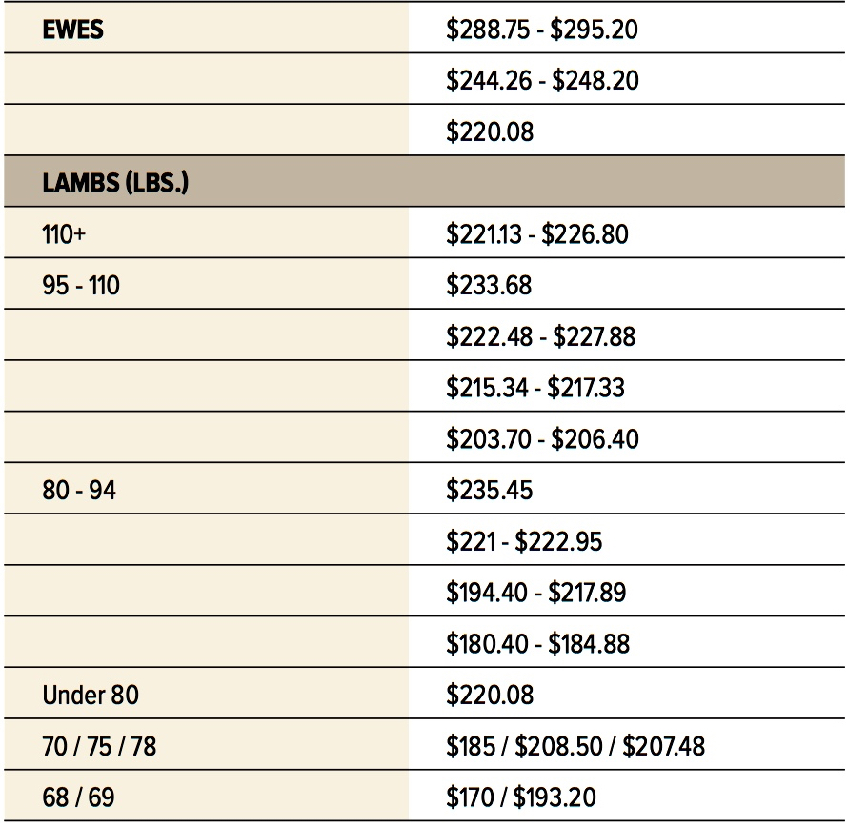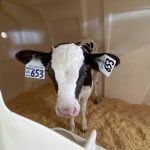“They don’t actually faint… when they get scared, their muscles lock up and they sometimes fall over.”
When Erin Orchard goes out to feed her goats, some can get so excited that they will just fall over. Orchard, who runs a goat farm called Caprine Falls, is one of the few breeders in the province who raises myotonic or “fainting” goats.
Orchard began raising pygmy, Nigerian dwarf and dairy goats in 2000, and purchased some myotonic goats in 2004. She generally keeps a mixed herd of about 70 goats out on 10 acres.
Read Also

Hands-on with agriculture draws students to AG EX
Urban students flock to MooMania and EweMania at Manitoba AG EX 2025 to get a taste of cattle and sheep production and where their food comes from
Myotonic goats have a genetic condition called myotonia congenita, which causes a temporary stiffening of the muscles, which causes the goat to tip over. “They don’t actually faint,” says Orchard. “When they get scared, their muscles lock up and they sometimes fall over.”
Older goats sometimes learn to control this trait and can walk about on their stiff legs. This stiff condition will wear off after about 10 seconds and the goat can get up and run again. The goats never lose consciousness when they fall over.
Orchard says the animals will show the condition when they are scared or startled, or even when they get excited when they see the feed bucket. Once the condition has occurred, it takes a while before it happens again.
The myotonia congenita gene is a recessive one, and can sometimes be bred out of the goat. However, if a goat is more than three-quarters myotonic, it will generally show the stiffening trait. Sometimes the trait will skip a generation, but will show up in the offspring.
Myotonic goats are meat goats which are calm and friendly and unable to jump fences, says Orchard. The breed originated in Tennessee. Myotonic goats lack the eyebrow ridge found in most breeds of goats and have ears that stick straight out. The goats are typically black and white, but they can also come in other colours, and can have any eye colour. The goats are very muscular and slow growing.
“They will get their height by three years, and will generally fill out by the time they’re five,” says Orchard.
The goats can be long haired or short haired. Myotonic goats can also be polled or have horns. When the myotonic goats are crossed with Boer goats, they grow faster, and produce more meat with less fat.
Orchard raises her goats as pets and breeding stock. She said all the myotonic breeders that she knows have long waiting lists for their animals. There are only three myotonic goat breeders listed on the Alberta Goat Breeders website. People who keep registered myotonic goats in Canada have to register them in the United States, as there are no registries for them in Canada.
STOCK TIP: Oreo, this black and white myotonic goat, exhibits the straight
ears typical of the breed.














